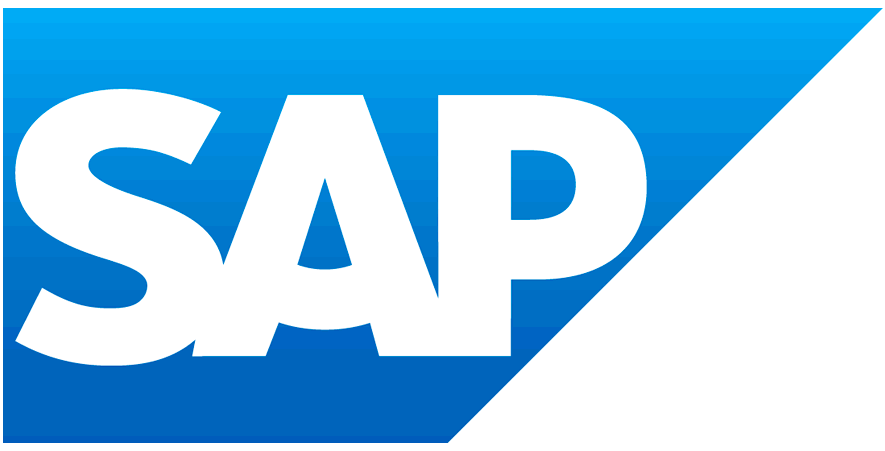SAP Supports Plastic Packaging Taxes With SAP Responsible Design and Production
Feature by Katharina Schweitzer

Plastic waste has become a pressing global issue, with millions of tons of plastic waste ending up in our oceans and landfills every year. To tackle this problem, governments around the world are introducing plastic packaging taxes as a policy tool to discourage the production and use of plastic packaging, especially ones made of virgin plastic.
If you are using or producing plastic packaging, it is important to know whether your company is affected by the legislation and how SAP can help.
What Are Plastic Packaging Taxes?
Plastic packaging taxes are taxes that are imposed on companies that produce or import plastic packaging. The aim of plastic packaging taxes is to encourage companies to reduce their use of plastic packaging and increase the use of more sustainable alternatives. Two countries, the UK and Spain, have already introduced plastic packaging taxes and others, such as Italy and Germany, have announced their plans to follow.
Why Are Plastic Packaging Taxes Becoming More Popular?
In Europe, one reason for the growing popularity of plastic packaging taxes is the introduction of a European Plastic Packaging Levy in 2021. This levy requires member states to pay €0.80 for each kilogram of plastic packaging waste that is not recycled in their country. Many countries are now considering passing on these costs to the industry through national plastic packaging taxes.
Globally, there are also events that indicate that more regulation is to be expected. For example, in March 2022, the United Nations Environment Assembly has agreed to launch negotiations on a legally binding global agreement to combat plastic pollution. For countries to comply with the legally binding provisions and obligations of this UN treaty, they will most likely strengthen their national laws regarding plastics.
What Makes the Administration of Plastic Packaging Taxes Complicated?
The details of the plastic packaging tax legislation vary from country to country, such as:
- Which packaging types and levels are included in the tax?
- What is the taxable event, like imports, production, or distribution?
- What are the reporting obligations? What forms need to be filled and how often?
- What are the rules for recycled plastic content in packaging?
- Are there any exemptions for certain types of packaging, such as packaging used for human medicine or tertiary packaging?
The more countries introduce plastic packaging taxes, the more difficult it will be for global companies to keep track and be compliant. This is where SAP Responsible Design and Production comes in.
How Does SAP Support Customers in Plastic Packaging Tax Legislation Compliance?
SAP Responsible Design and Production is a cloud solution specifically designed to help SAP customers holistically manage packaging and regulatory risk across global markets and support the transition to a sustainable packaging portfolio.
Some capabilities of SAP Responsible Design and Production are:
- SAP Responsible Design and Production is a cloud solution that is subscribed to via SAP Business Technology Platform (SAP BTP).
- SAP Responsible Design and Production has a unified data model. Packaging data, material master data, and transactional data can be replicated via a public API provided by the solution. Alternatively, or additionally, an Excel-upload is possible for all data objects.
- Plastic packaging tax reports and the underlying calculation logic is provided as content-as-a-service in SAP Responsible Design and Production. This means that reporting can be largely automated, in line with the latest regulations.
- Reports can be configured by organizational data filters; other configurations are not necessary as the calculation logic is strictly coded according to the regulatory requirements.
- Additional analysis capabilities are provided in SAP Responsible Design and Production for analyzing the packaging portfolio and the resulting fees and taxes.
- Calculated fees can be replicated back into SAP ERP Central Component or SAP S/4HANA as condition records, such as for use in invoicing.
The SAP solution can provide a number of powerful benefits for companies. By creating a single source of truth for packaging data, SAP Responsible Design and Production helps eliminate repetitive, manual pre-reporting processes, such as data collection and cleansing. Furthermore, it can accurately calculate fees and taxes in line with the latest regulations, helping companies to reduce regulatory exposure. In addition to reporting to regulatory bodies, it can also enable reporting on various levels of granularity to non-governmental organizations, customers, and other brand-related communications. Finally, the solution can enable companies to analyze and keep track of their entire packaging portfolio, allowing them to track improvements and meet their sustainability commitments.
For more information and to learn how SAP Responsible Design and Production could work in your system environment, please contact circulareconomy@sap.com.

